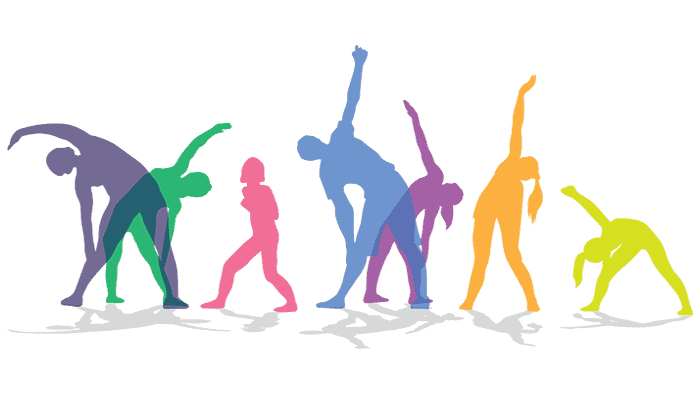What you can do to reduce the hurt.
Ouch. You know the feeling: A dull ache in the knee, a not-so-dull pain in the shoulder. After a long day’s work lifting Golden Retrievers and standing at an exam table, your body can feel worn out.
It doesn’t have to be that way, says Miranda Esmonde-White, host of PBS’s Classical Stretch and the author of Forever Painless. “The human body is designed to move and designed to be pain free,” says Esmonde-White, whose own chronic pain led her to develop a series of daily stretches that she says alleviates mechanical pain. “Now I am 100% pain free, and I am almost 70 years old.”
The enemy of a pain-free life is repetitive motion, experts say. If you use the same daily motions in multiple exams and then immediately sit at your desk to chart everything you’ve just done, it won’t take long before muscles on one side are stretched and the others are tight.
“Our bodies become unbalanced,” says Esmonde-White. “As some muscles become stronger, they are tyrants over the little ones, and those become weaker. That leads to pain, and pain leads to injuries.”
But this is not inevitable. Here are 6 ways to ease everyday aches and pains:
1. Stretch. Experts agree that keeping your body moving is the best way to strengthen muscles and avoid injury. Daily stretches combined with strengthening exercises two to three times per week will do the trick. Esmonde-White’s Essentrics workouts take about 22 minutes and can be streamed from her website.
2. Follow protocol. Practice procedures may dictate that you always have two people lift a large dog, but then your technician is working on something else and you want to stay on schedule, so you do it you alone in the name of expediency—and crick, your back feels the pain. Don’t cut corners, says Jasmine Marcus, PT, DPT, CSCS.
3. Dress appropriately. Find shoes that are comfortable and easy to clean, and that give you support for standing on hard floors all day long. Find shoes that are best for your foot shape.
4. Beware of the brace. It can be tempting to wear an ankle, knee or back brace when you have pain. These tools can be helpful if you have an acute injury, but in the long term they limit your range of motion and shouldn’t be used on a daily basis or as a preventative, says Marcus.
5. Be careful with body mechanics. At the most basic, Marcus says, you don’t want to bend and twist a body part simultaneously; that’s when you get into injuries. Squat down, bending more with your knees and hips than your back, when you need to lift something. Complete the lift and then turn, to prevent those back tweaks.
6. Don’t procrastinate. We all do it. There’s a minor pain, an aggravation more than anything, so we just live with it. Marcus recommends seeing a physical therapist as soon as you notice something is wrong: It is easier to address an issue before it has been building for years.

